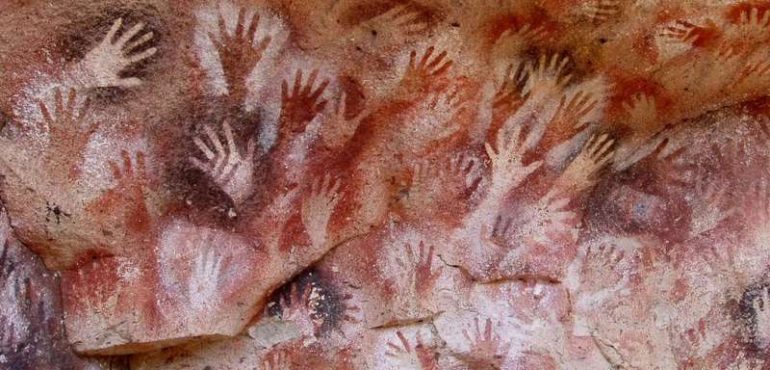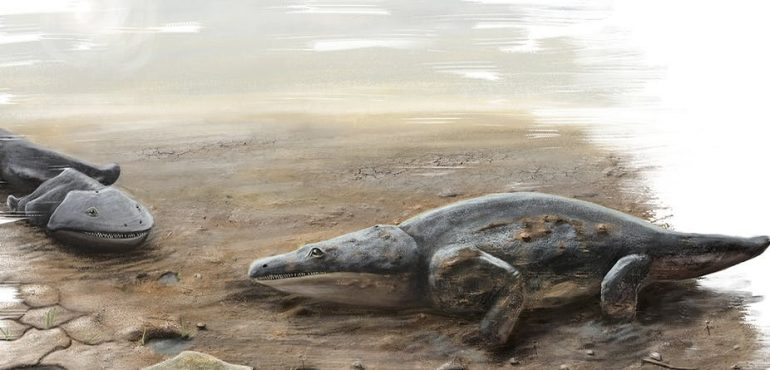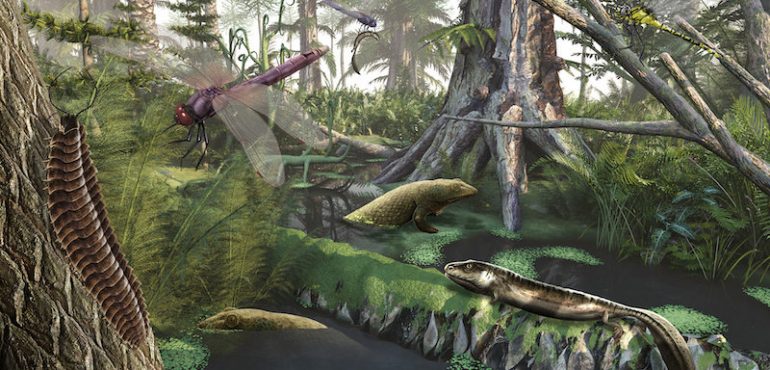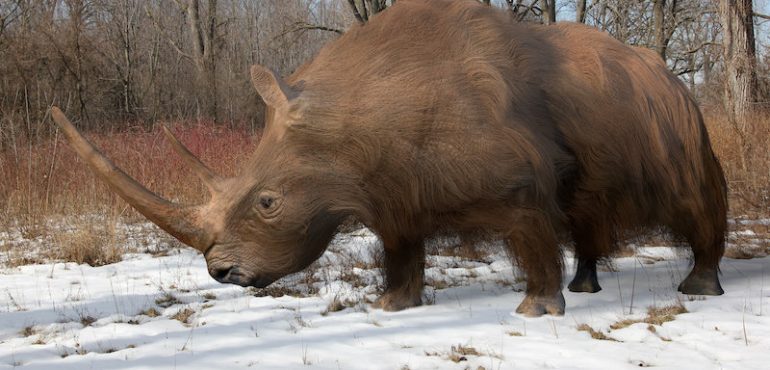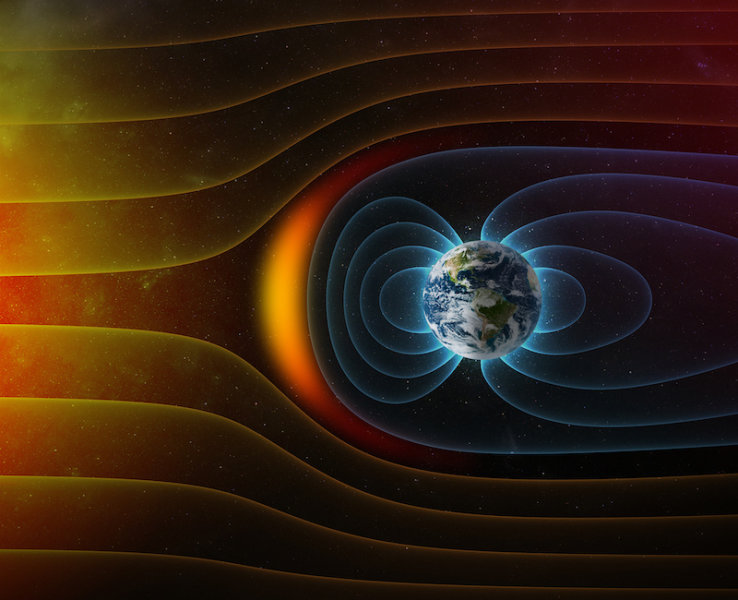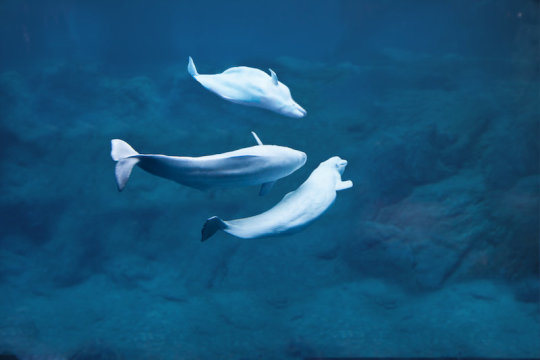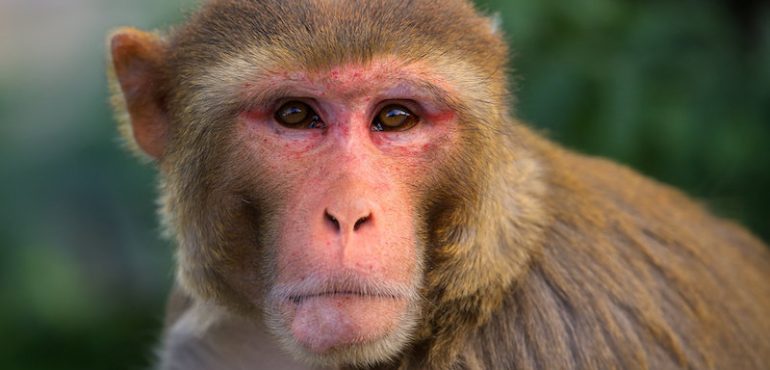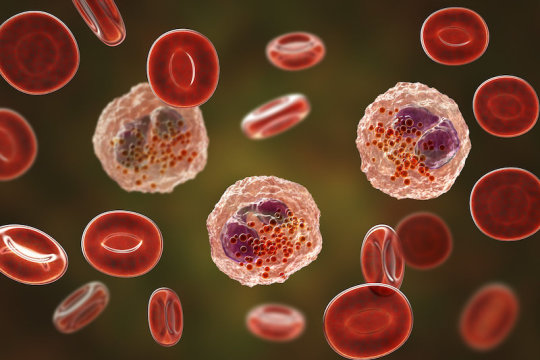When did something like us first appear on the planet? It turns out there's remarkably little agreement on this question. Fossils and DNA suggest people looking like us, anatomically modern Homo sapiens, evolved around 300,000 years ago. Surprisingly, archeology—tools, artifacts, cave art—suggest that complex technology and cultures, "behavioral modernity," evolved more recently: 50,000-65,000 years ago. Some scientists interpret this…
Read more
When did we become fully human? What fossils and DNA tell us about the evolution of modern intelligence
